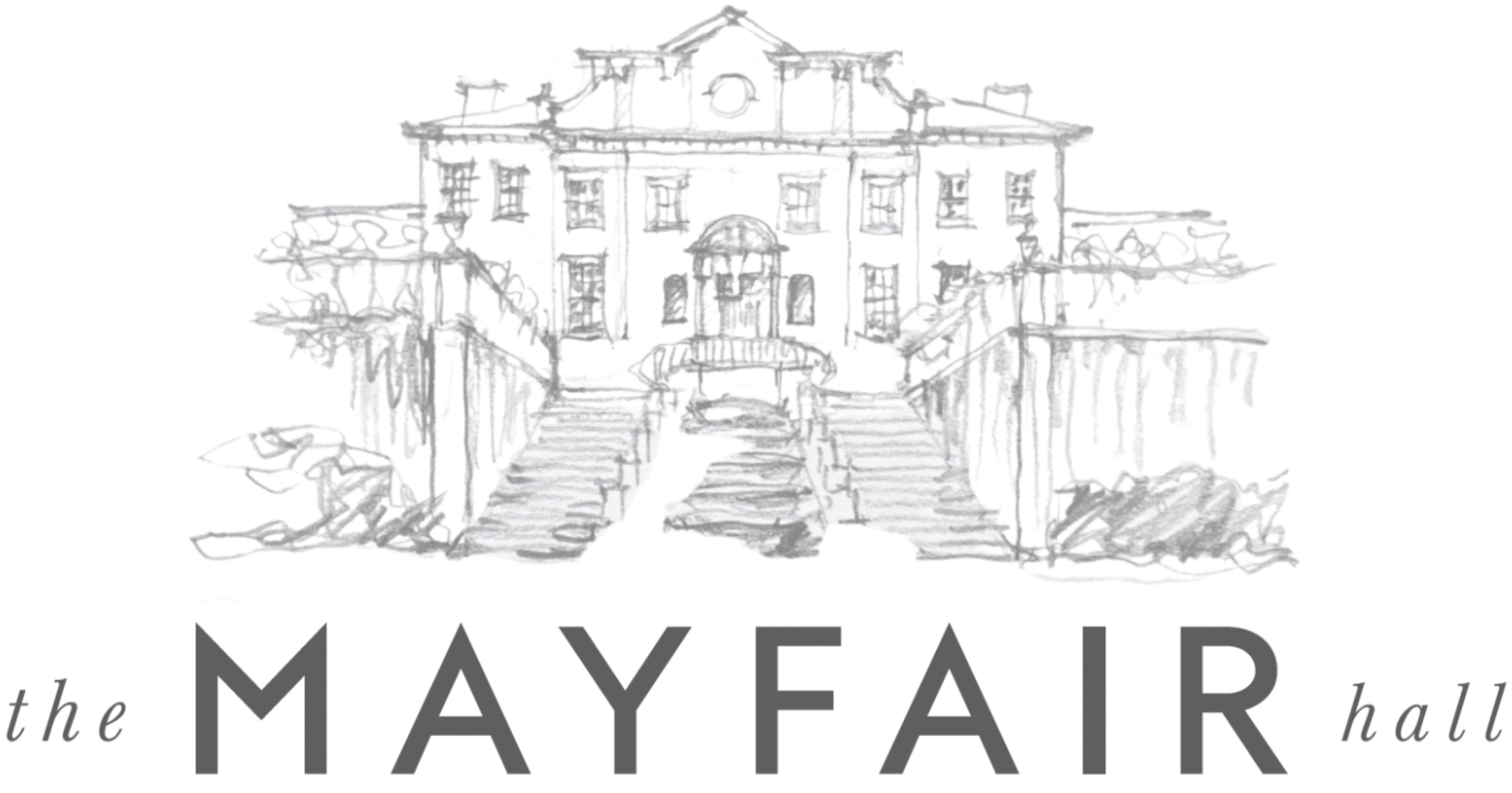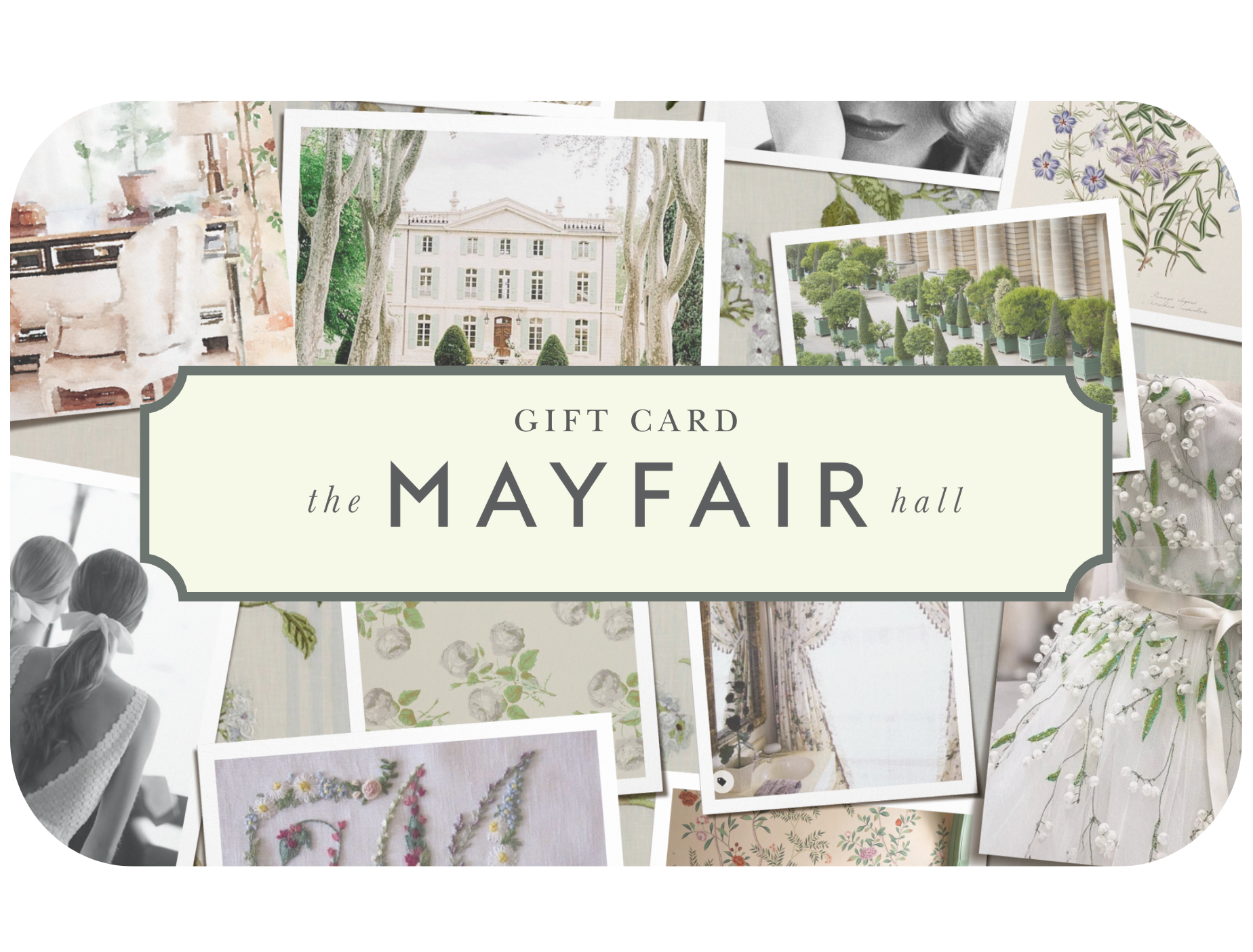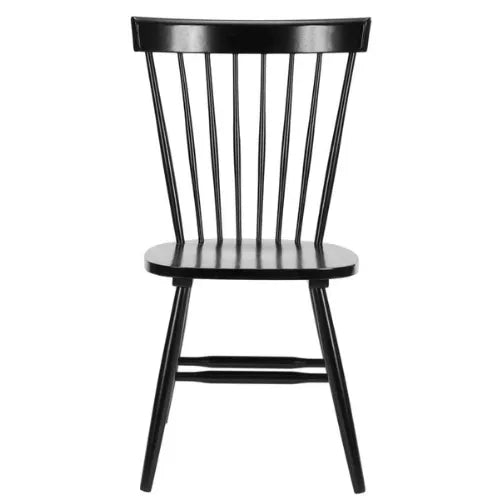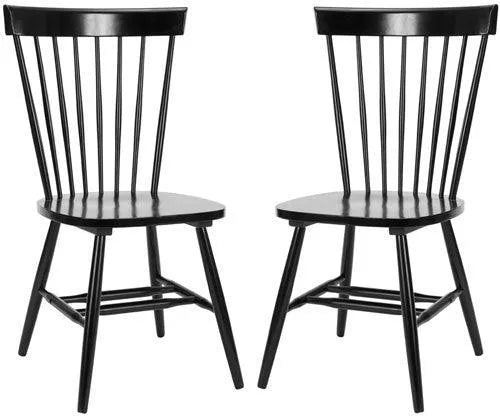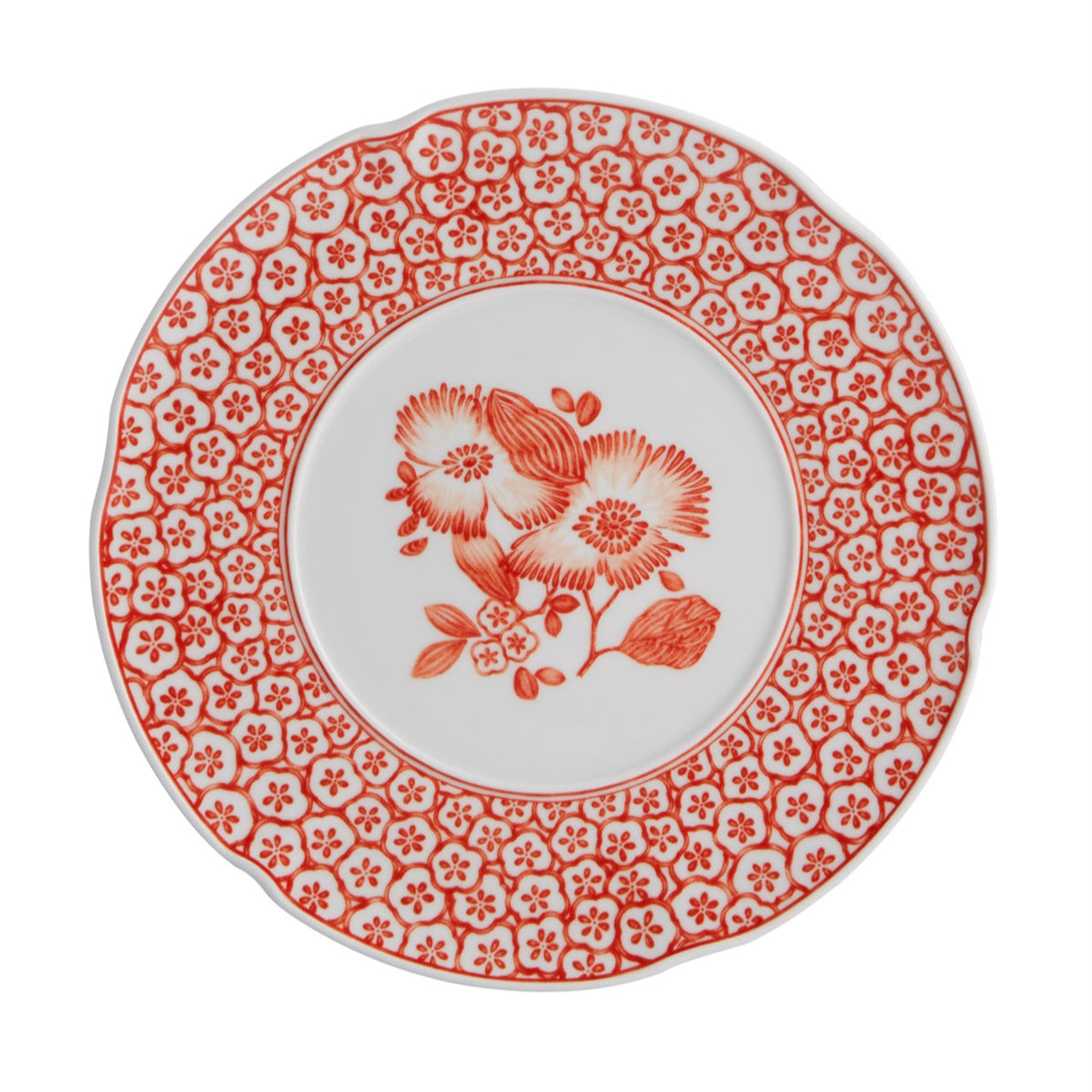A Guide to Wildflower Gardening
Invite beauty, biodiversity, and grace into your garden with every bloom
Today we will step outside and speak of wildflowers, those gentle, untamed blossoms that turn a garden into a living painting. Planting a wildflower garden is not only a gift to the bees and butterflies, but also a return to a quieter rhythm of life. One that celebrates imperfection, welcomes surprise, and teaches patience.
Whether you are sowing a meadow, a border, or a small patch beside your kitchen door, wildflowers require little yet offer so much. Their beauty is uncontrived, their charm timeless.

Why Wildflowers Matter
Wildflowers are nature’s effortless decorators. Unlike manicured flower beds, they bring spontaneity and surprise. They bloom in soft succession, some early, some late, and create an ever-changing landscape of color and life.
They also serve the world beyond our windows. Many wildflowers attract pollinators, enrich the soil, and support local ecosystems. A patch of cornflowers or bee balm does more than please the eye, it feeds the future.
How to Begin a Wildflower Garden
Start small, but start thoughtfully. Choose a sunny spot with good drainage. Clear away existing grass and weeds, loosen the soil gently, and scatter your seeds with a light hand.
Best planted in early spring or fall, wildflowers do not require fussing. In fact, they prefer to find their own way.
Tips for success:
-
Use a seed mix suited to your region and light conditions
-
Water gently after sowing, and keep moist for the first few weeks
-
Avoid fertilizers, wildflowers thrive in poor soil
-
Be patient; blooms often appear after the first season
Wildflower gardens are more symphony than solo, they take time to crescendo, but the result is well worth the wait.
What to Plant
Look for native wildflowers, as they will thrive with little intervention and support local wildlife.
A few favorites:
-
Cosmos
-
California poppy
-
Yarrow
-
Lupine
-
Horsetail Milkweed (essential for monarch butterflies)
- Aster Ostrich White
Pair your planting with beautiful tools: seed kits in illustrated packets, copper garden markers, and a straw hat hung on the porch. The act of gardening becomes not just productive, but poetic.
Tending the Beauty
A wildflower garden asks for less hands-on care than traditional beds. Allow flowers to reseed themselves naturally. Cut back in late fall or leave stems for overwintering insects. Trust the rhythm of nature to guide your hand.
This is not about control. It is about communion.
Reminders
-
Choose a mix of annuals and perennials for lasting blooms
-
Mark your plantings so you don’t mistake sprouts for weeds
-
Let spent blooms remain to feed birds and reseed the earth
-
Create a narrow path and add a bench through your wildflower bed for strolling and relaxation
-
Embrace irregularity, it is the signature of nature
I am grateful for today
-
The sight of a bee dancing on a blossom
-
The feel of earth beneath my fingertips
-
The promise that even wildness can be tender
From Our Garden to Yours,
Mrs. Mayfair
